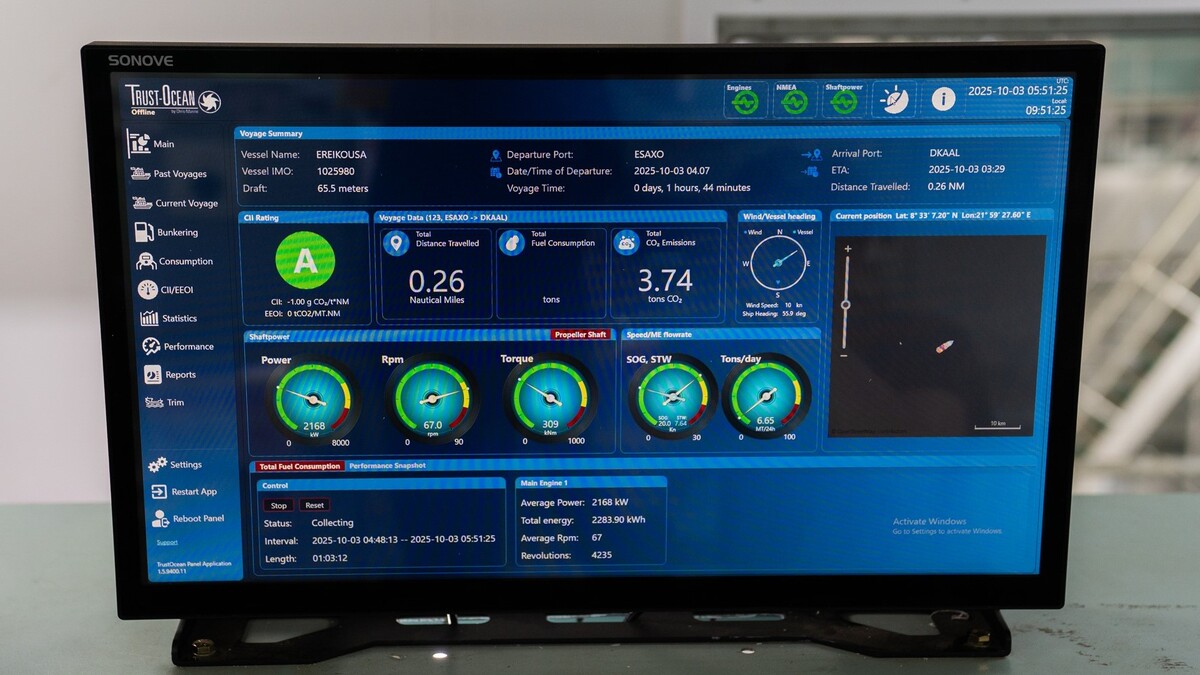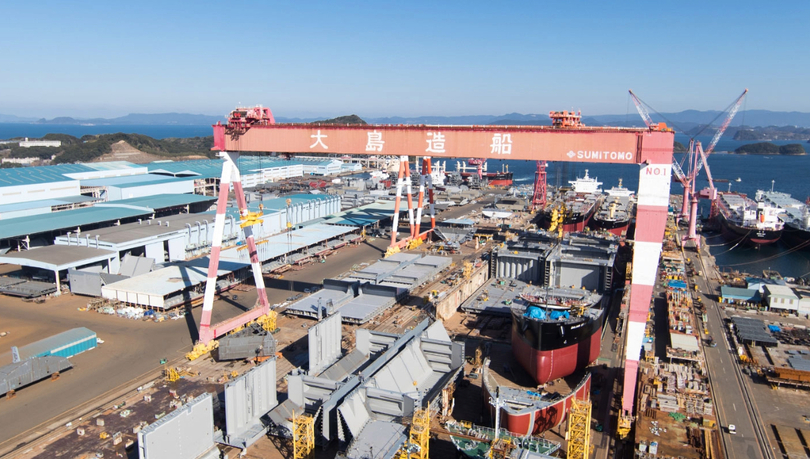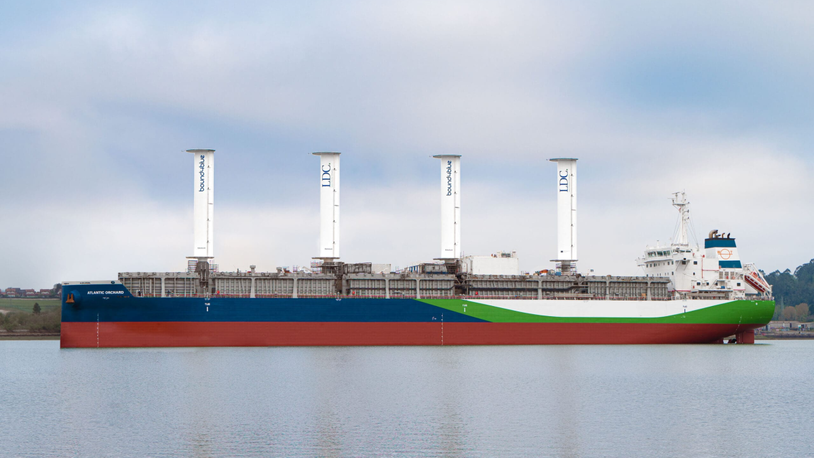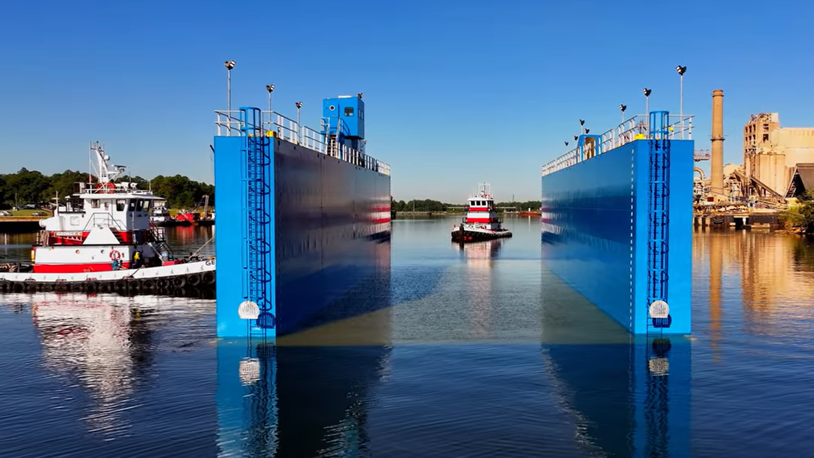Business Sectors
Events
Ship Recycling Webinar Week
Contents
Register to read more articles.
Biofuels: an attractive alternative, but there is much to learn
Marine biofuels are seen as a strong alternative fuel to aid shipping’s decarbonisation ambitions, but more knowledge is required regarding quality, shelf life and engine compatibility
Numerous shipowners have conducted trials with biofuels because they provide one of the potential pathways to decarbonisation, but operators will need to improve their training, knowledge and experience with them.
This was one of the key takeaways from Riviera Maritime Media’s Fuel testing for the age of decarbonisation, held on 15 February as part of Marine Propulsion Webinar Week.
Biofuels are still very much in the R&D stage. Shipowners should conduct their own due diligence on the biofuel before dropping it into standard fuels because they can affect the functioning of the engine.
They should work closely with their original equipment manufacturers (OEMs), so they know which biofuels work best with their equipment.
It is vital to collaborate with bunkerers over the precise nature and quality of the biofuel because, among other challenges in a still-emerging industry, there may be regional variations as well as issues over availability around the world.
“A great deal of training and knowledge is needed across the entire supply chain”
They should make full use of the various analytical tools in order to be assured of the precise chemistry of the biofuel.
There is clearly a lot happening. In just one example, within a year of its formation, the new Marine Fuels Alliance, a network of independent bunker suppliers, has built up a 63-strong membership in 22 countries, explained chief executive Anthony Mollet, and they are involved in a steep learning curve.
“A great deal of training and knowledge is needed across the entire supply chain,” he said. In an immature market with few pricing indices, the role of well-informed brokers will be important. Bunker claims could also present challenges in the event of problems with biofuels, for instance over issues of storage and lifespan, that might have important implications for underwriters and risk managers. “Everybody has to be in the loop,” he said.
Not all biofuels are green
“Not all biofuels are green and positive,” said Naeem Javaid, global operations manager, FOBAS Lloyd’s Register EMEA, citing a capacity for retaining water, dust and other contaminants. In experimentation with early examples, bearings and other engine parts had suffered damage. “The biofuel must be compatible with the engine’s materials,” he said.
Similarly, VPS senior sales manager Thomas Schmidt, while describing biofuels as an early choice on the road to decarbonisation, suggested that ship operators seek approval from flag state and classification societies before using them, citing Marpol Annex VI, Regulation 18. In a brief summary of the history of biofuels, he pointed out that they are now into their fourth generation, which is turning out a broader variety of products.
Among issues to be aware of, he cited FAME (Fatty Acid Methyl Ether)’s greater acidity and viscousness, poor long-term stability, higher levels of microbiological activity, poor cold-flow properties, and a tendency towards corrosivity. And in an observation made by other experts, he added that ship operators needed to take into account biofuels’ lower energy content compared with conventional fuels, leading to “less bang for the buck”.
However, none of these concerns should obscure the fact that most operators, he said, do not have major problems with biofuels, provided they attend to the basics. These included conducting their own fuel checks, cleaning tanks and maintaining a dialogue with OEMs and their preferred laboratory.
Biofuels are not new
As MAN Energy Solutions senior engine specialist Klaus Petersen pointed out, biofuels (or “non-standardised” fuels) are far from new, citing the energy giant’s experience with a wide variety of them since the mid-1990s. Ticking off some of these, he cited FAME, crude palm oil, vegetable oil, used cooking oil and other wastes, tallow, cow fat, stearin and coconut oil. With all that experience behind it, MAN Energy Solutions has drawn up valuable guidelines for biofuel operation that take into account the ISO 8217 fuel standard.
For instance, reflecting Mr Mollet’s comments about the importance of underwriters and risk managers, Mr Petersen said that insurance, warranties and contracts may include clauses on compliance with ISO 8217. And in an example of standards lagging the biofuels industry, he noted that the equations in ISO 8217 used for calculating specific energy are not valid for biofuels, or even for blends of biofuels. Nor is there an analysis standard for measuring FAME content above 7% in a blend.
“It is vital to collaborate with bunkerers over the precise nature of the biofuel”
On the all-important issue of operational considerations, MAN Energy Solutions advises that sealing materials (elastomers) and other materials in the fuel oil auxiliary system are compatible with biofuels or blends. And reinforcing the observations of others on the panel, Mr Petersen said: “Know what is bunkered.” He listed viscosity, cold-flow properties, acid number and value, ash content, and chemical elements among others. And finally, in the furtherance of sustainability, he urged operators to favour biofuels made from sustainable feed stocks and production methods.
That is exactly what biomass-based Mash Energy, a spin-off from the Technical University of Denmark, is aiming for, as Dr Krishna Chakravarty, head of R&D at the Indo-Danish producer of carbon-negative biofuel, explained. “Shipping doesn’t need diesel-like products,” he said. Engaged in the dual goals of carbon removal and energy generation, Mash Energy makes bio-oil among other carbon-negative energy from local biomass residues by using the processes of pyrolysis and gasification. The residue is biochar, a ‘soil amendment’ that actively absorbs CO2 from the atmosphere.” With one manufacturing site in operation, Mash Energy is aiming for many more through a system of special purpose vehicles.
In a revealing series of polls and questions, the attendees predominantly described their level of experience with biofuels as moderate or intermediate, while an overwhelming majority believe they would only “possibly” be a mainstream option in future, and that it was unlikely there would be enough biomass for shipping’s needs in the near future.
Biofuels can be blended with traditional fuels to lower greenhouse gas (GHG) emissions. Hapag-Lloyd container ship Afif bunkered 2,000 metric tonnes of B24 biofuel supplied by TotalEnergies Marine Fuels at the Port of Singapore in January. Based on a well-to-wake assessment, this B24 biofuel blend is anticipated to reduce GHG emissions by 20%, as compared with conventional fuel oil.
Related to this Story
How new technologies help owners cut fuel costs, remain compliant
Events
Ship Recycling Webinar Week
International Bulk Shipping Conference 2025
Tankers 2030 Conference
Maritime Navigation Innovation Webinar Week
© 2024 Riviera Maritime Media Ltd.















